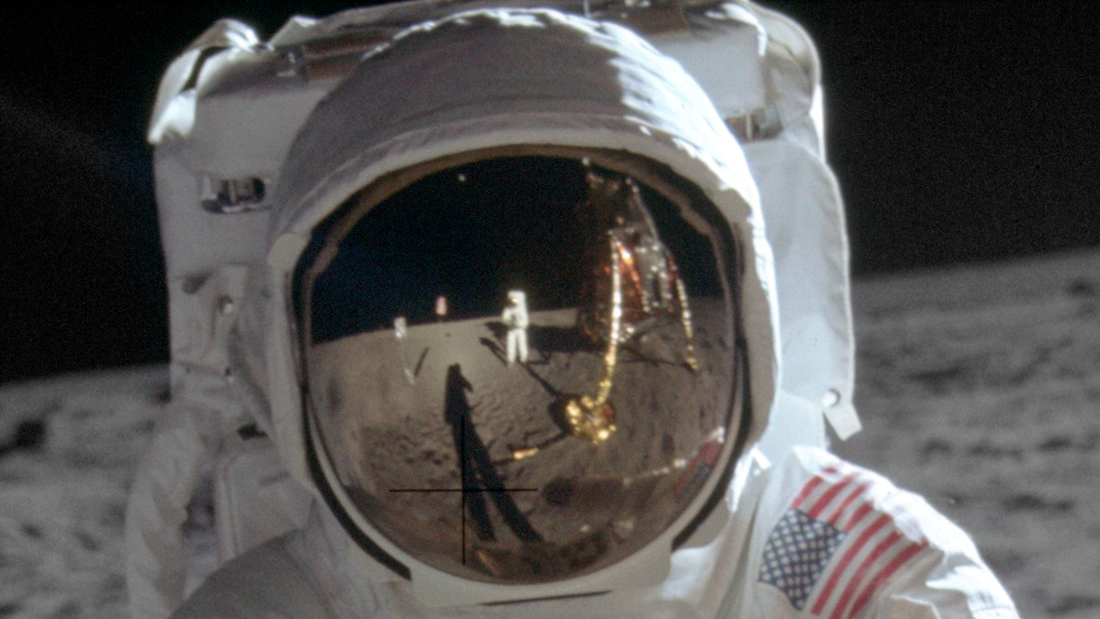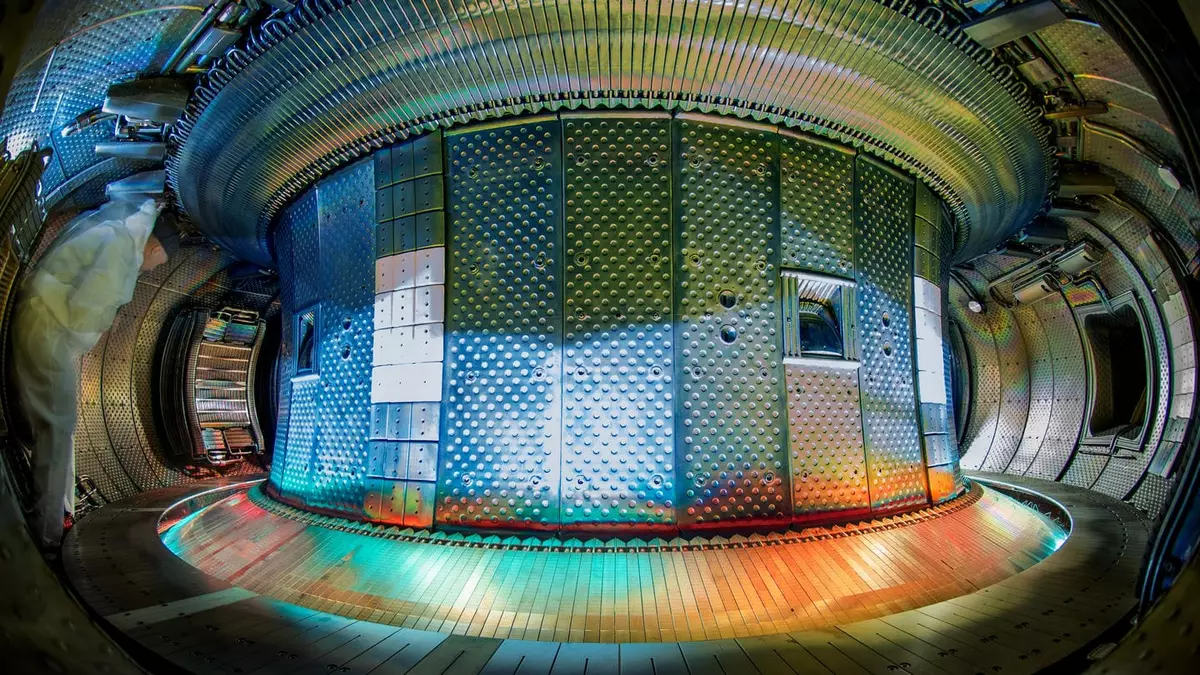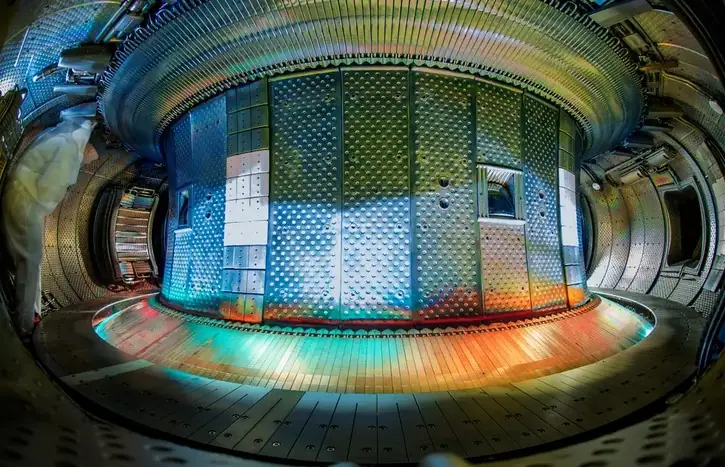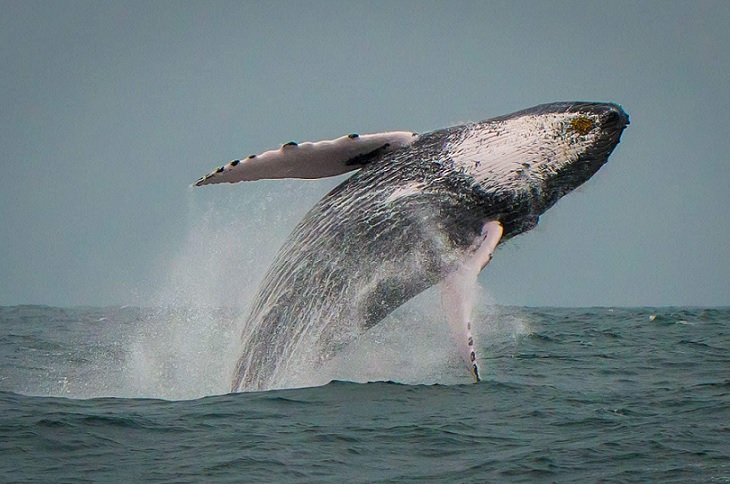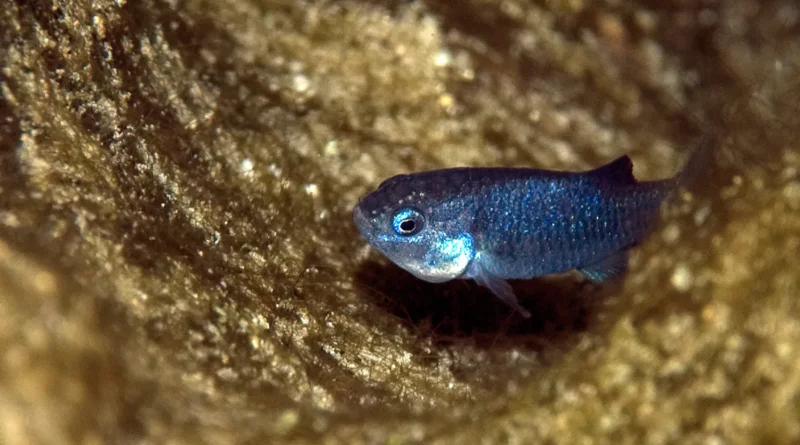Astronomers have found new support for the idea that mergers of massive stars are responsible for most of the observed blue B-type supergiants. This is supported by the conformity with the merger models of the properties of blue supergiants from the Milky Way companion galaxy of the Large Magellanic Cloud. The article was published in The Astrophysical Journal Letters.

Blue supergiants are the brightest stars in their galaxies, making them convenient to use to estimate galaxy properties, such as the ratio of galaxy stellar mass to metallicity. However, the nature of these 16- to 40-solar-mass B-type stars remains a matter of debate among astrophysicists, with single-star evolutionary models explaining the general properties of the population less well than two-star merger models. In particular, the nature of the supergiant, which became the progenitor of the supernova SN 1987A, can be explained by the slow merger of the red supergiant with its companion - a main sequence star.
A group of astronomers led by Athira Menon (Athira Menon) from the Canary Institute of Astrophysics presented new evidence that most of the blue supergiants can be formed during the merger of stars. To do this, scientists used the stellar astrophysics code MESA to simulate the evolution of a star with a mass of 17-43 solar masses and a homogeneous hydrogen shell, born during the merger of a main-sequence giant with a helium-rich core and a main-sequence star, as well as simulation of the evolution of single stars with an initial mass of 16-40 solar masses. They then compared the simulation results with observational data for 59 supergiants of spectral types B0-B3 from the Large Magellanic Cloud galaxy from three sky surveys: FEROS, FLAMES, and VFTS.
Nine stars from the sample fit the single star model, 25 stars fit the merger model, and the rest could be explained by different models. Furthermore, the helium enrichment of a third of the stars and the high N/C and N/O ratios for more than half of the stars in the sample are clearly explained by merger models rather than single models. All this suggests an important role of mergers of massive stars in the production of observed blue supergiants. At the same time, if the mass of the formed star is less than 30 masses of the Sun, it will explode at the end of its life as a type II supernova (like SN 1987A), and more massive stars will give rise to a type II supernova from the plateau.


 164
164




